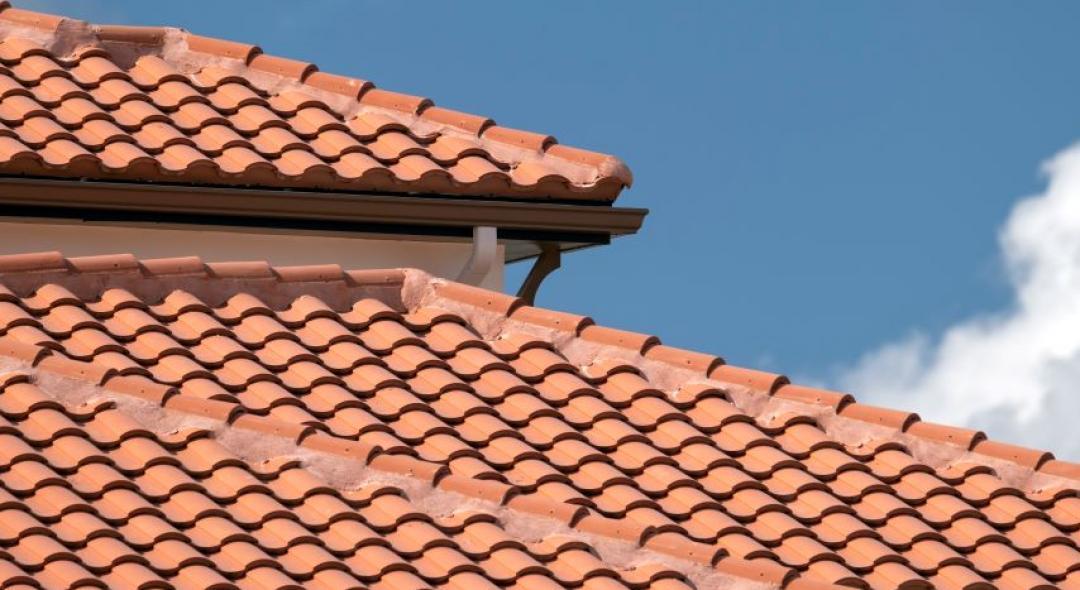 If you drive across America in the summer, you will see countless lawns in front of houses, which host family picnics, BBQ’s and pick-up football games. With the proper care the lawns can look beautiful despite hours of scorching summer sun and all the foot traffic. Read below for tips on maintaining a beautiful front or back yard lawn.
If you drive across America in the summer, you will see countless lawns in front of houses, which host family picnics, BBQ’s and pick-up football games. With the proper care the lawns can look beautiful despite hours of scorching summer sun and all the foot traffic. Read below for tips on maintaining a beautiful front or back yard lawn.
- Mow the lawn every week. It is important to not cut off more than half of an inch on every mowing. You should adjust the mowing deck to the optimum height - either raise or lower depending on the grass length.
- If there are bare spots in the lawn you should rake new grass seed over them. Also rake all the dried grass and put it into your compost pile.

- Spread all fertilizer and compost evenly over the lawn in order to ensure good soil. Early spring grass benefits tremendously from added compost. You should apply half an inch of compost over the entire lawn and rake it into the soil. One cubic yard of compost will cover six hundred square feet of lawn.
- Most grass types require 1 inch of water per week, which should be spread out over several applications throughout the week. Best to use a lawn sprinkler.
- The water sprinkler should be set for early morning - an automatic timer should be used to ensure consistency in watering.
- Soil tester should be used to gauge the health of the soil and determine how much fertilizer should be used. This takes a lot of the guesswork out of maintaining a lawn and will tell you exactly what nutrients are needed, such as phosphorus and nitrogen, as well as the pH level.
- Every fall an aerator should be ran over the whole lawn to allow better water and nutrient absorption and make the soil less compact.
- A broadcast spreader should be used for all lime and fertilizer applications, in quantities determined by the soil testing. Different lawns will require different amounts and types of fertilizer required. Take the results of the soil test to a gardening center to get advice on what is required for your lawn. It is generally advised to use slow-release and organic fertilizer. Also opt for the slow-release type. Start the application on the outer edges and work your way towards the center. Overlap each pass by a couple of inches. Please note that you may need to mow more frequently afterwards, since you will be applying new nutrients at a time when the grass is already growing at an accelerated rate.
- In the spring the entire lawn should be dethatched to remove all dead leaves and grass left over from the winter, to allow the lawn room to grow.
- You need to keep a ratio of 7 to 1 for calcium to magnesium . If your lawn ratio is lower than that, make sure to spread calcium-rich lime over the grass - this will boost the lawn’s nitrogen absorption and the ability to synthesize proteins, which will starve the weeds. Studies show that about ninety percent of lawn weeds appear as a result of a lack of calcium in the soil.
- If using a mulching blade all the clippings will be chopped into fine particles and blown back onto the lawn. However, if you are using a non-mulching model, make sure to bag all clippings and remove them from the lawn.
- To avoid crabgrass growth apply a pre-emergent herbicide or corn gluten on the lawn when the temperature reaches about 55 degrees Fahrenheit. Crabgrass does not grow in the shade, so there is no need to add any chemicals on parts of the yard that are in the shade.

- Most weeds will spring up right after a rain - this is the best time to pull them out, when the soil is wet and they are small.
- Make sure to maintain your grass mower sharpened. If the blade is dull it will tear off grass instead of cutting it clean. This leaves ragged tips which will cause disease to set in. Make sure to sharpen the blade after you have used the mower for about 10 hours.
- Let your grass grow to a length of about three inches in the summer, do not cut it too short. Keeping it at three to three and a half inches ensures that the grass keeps moisture from evaporating from the soil. This also keeps weed seeds from growing. When fall comes you can cut the grass shorter, when weeds and evaporation are less of a concern.
